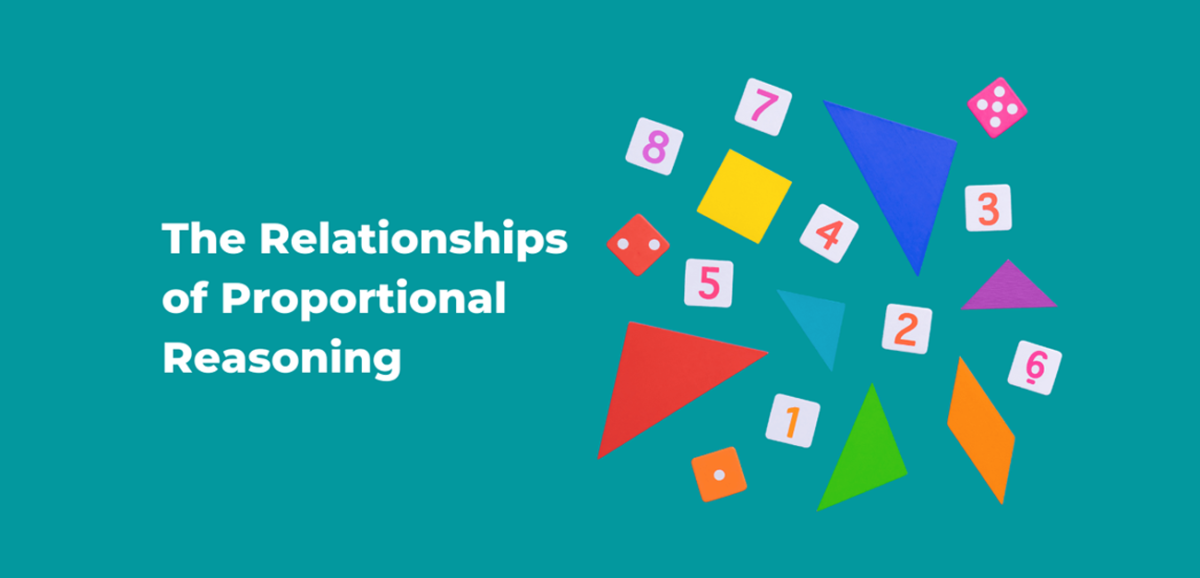Proportional reasoning is an incredibly valuable math concept that is one of the four pillars of mathematics. It requires students to grasp relative size and ratio and proportional relationships between sets of numbers or objects. It also enables children to understand and make proportional judgments in various situations, which are integral to success in mathematics. […]





